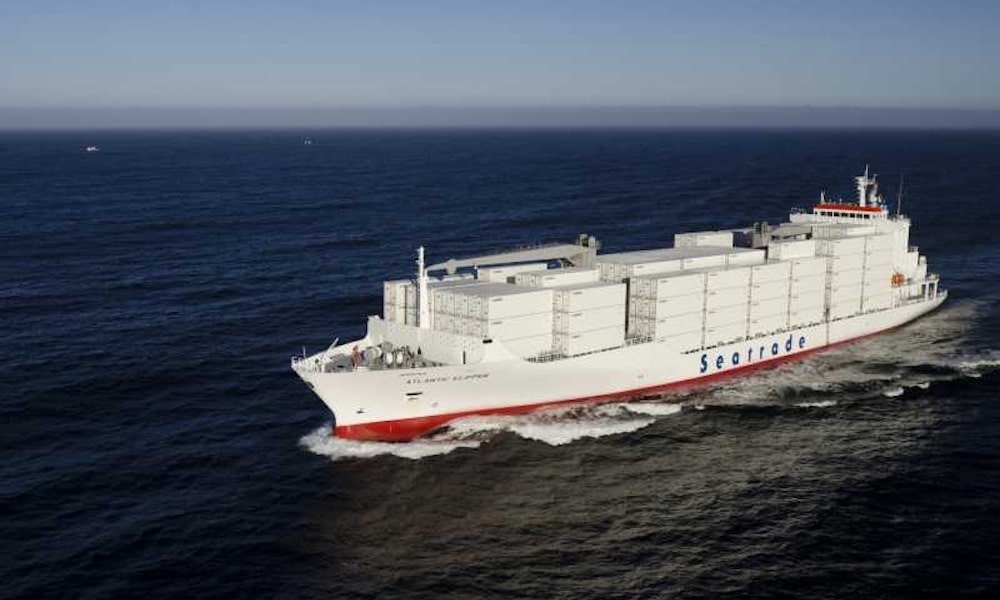Reefer fleet on thin ice as majority fail carbon intensity tests
Reefer Fleet Struggles with Carbon Intensity Ratings

Recent data from VesselsValue reveals a stark contrast in carbon intensity ratings among shipping sectors. While container ships boast a significant proportion of vessels rated A to C, the reefer fleet faces challenges, with 80% of its aging ships falling into the D and E danger zones. This disparity highlights the ongoing transition within the maritime industry as it strives to meet global decarbonization goals.
Container Ships Lead in Carbon Efficiency
According to VesselsValue, approximately two-thirds of the current container fleet holds a Carbon Intensity Indicator (CII) rating between A and C. This rating system, developed by the International Maritime Organization (IMO), is a mandatory measure under MARPOL Annex VI, which took effect on January 1, 2023. It applies to all cargo, ropax, and cruise vessels over 5,000 gross tons operating internationally.
The CII rating assesses a ship’s operational carbon intensity, requiring vessels to report their annual performance to their flag administration within three months after the end of each calendar year. The ratings range from A, indicating superior performance, to E, which signifies inferior performance. A ship rated D or E for three consecutive years must submit a corrective action plan to improve its rating to C or above.
VesselsValue noted that while market concentration remains high among a few dominant players, the rapid adoption of dual-fuel technology and enhanced energy efficiency ratings demonstrate the industry’s commitment to sustainability. However, the challenge lies in balancing operational efficiency with environmental responsibility as regulatory frameworks evolve and stakeholder expectations grow.
Iconic 1,000ft cruise ship left to rot will now be sunk in ambitious plan | News
Reefer Fleet Faces Significant Challenges
In stark contrast to container ships, the reefer fleet is grappling with poor CII ratings. The data indicates that 80% of the aging reefer vessels are categorized in the D and E zones, highlighting a pressing need for improvement. The reefer sector’s struggles underscore the broader challenges facing the maritime industry as it transitions towards greener operations.
The CII rating system aims to encourage continuous improvement in operational carbon intensity. Ships must document and verify their annual operational CII against the required levels, which are recorded in the Ship Energy Efficiency Management Plan (SEEMP). This system is designed to ensure that vessels are held accountable for their environmental impact and are motivated to adopt more sustainable practices.
As the industry moves forward, the reefer sector must address its carbon intensity challenges to align with global decarbonization efforts. The path ahead will require innovation, investment in new technologies, and a commitment to enhancing energy efficiency to meet the evolving regulatory landscape and stakeholder demands.
